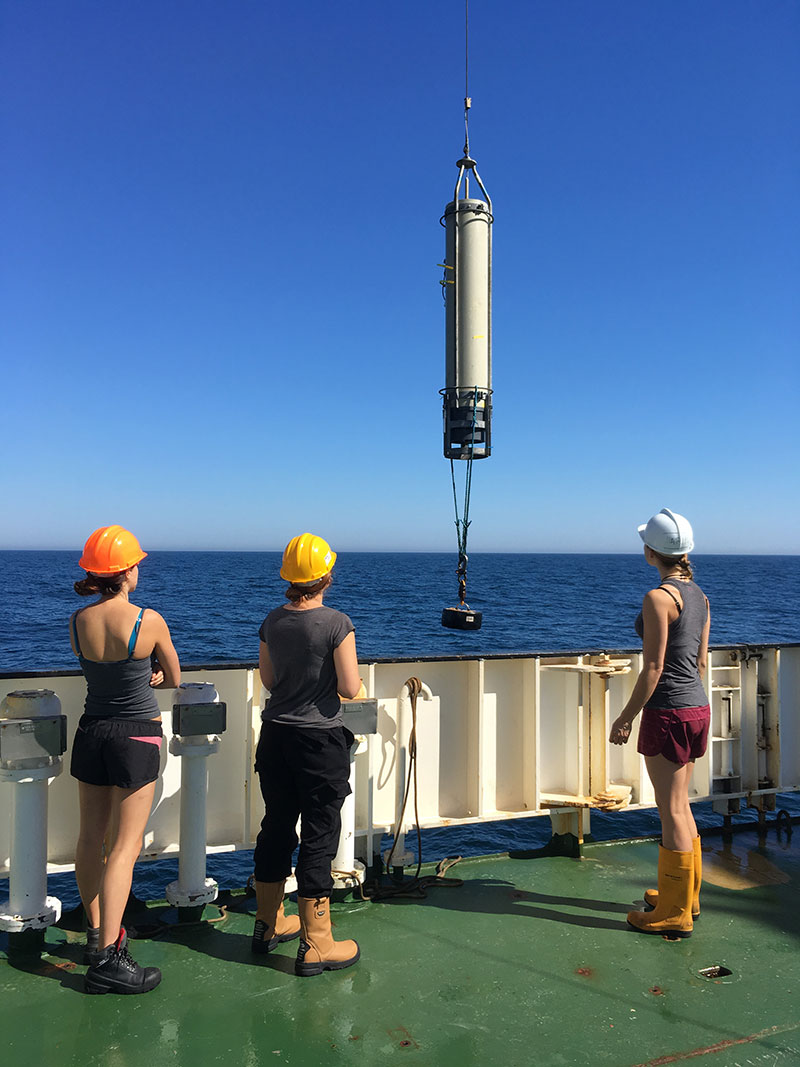Principal Investigator: Professor Stephanie Henson, National Oceanography Centre
Summary

The PARTITRICS project aims to improve understanding of the processes that affect the rate and depth of respiration in sinking particles. We will examine how much carbon has been respired during the transit from the upper ocean, and in what ways. We will measure the important processes of particle fragmentation and aggregation, microbial respiration, and zooplankton vertical migration and respiration. We will do this using a process cruise and autonomous underwater vehicles.
We seek to answer the question: How is organic matter transformed and respired by biotic interactions in the mesopelagic, how does that vary with depth, location, and season, and what are the consequences for ocean carbon storage?
Impact
Earth system models have differing, but all fairly simple, representations of the biological carbon pump due to a lack of understanding of how the processes contributing to particle formation and respiration function.
The suite of models that contribute to the Intergovernmental Panel on Climate Change reports do not agree on the magnitude or direction of change for ocean carbon storage under future climate scenarios. This means we currently have low confidence for our future projections of ocean carbon storage, which is further impeded by a growing discrepancy between models and observations.
The ultimate goal of PARTITRICS is to generate new detailed understanding of important processes that influence the rate and depth of interior respiration which we will scale up to provide the globally resolved information needed to develop the next generation of biogeochemical models.
Background
The ocean holds fifty times as much carbon as is in the atmosphere. Biological processes contribute to storing carbon in the ocean on climate-relevant timescales (hundreds to thousands of years). Marine phytoplankton (drifting microscopic plants) use sunlight and carbon dioxide in the upper ocean to form their bodies which are rich in carbon. When phytoplankton die they might clump together and sink into the ocean interior, or they could be eaten by zooplankton (tiny animals) which produce faecal pellets that can sink rapidly.
Once this organic carbon is deeper in the water, bacteria might colonise the particles and break them down, or they could be broken apart by zooplankton feeding on them. These processes all act to reduce the amount of organic carbon reaching the deep ocean, however the deeper it goes the longer it will remain out of contact with the atmosphere. This "biological carbon pump" helps to regulate our climate; ocean biology keeps atmospheric carbon dioxide levels around 30-40% lower than they would otherwise be.